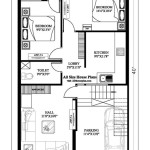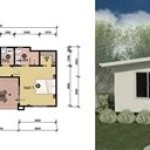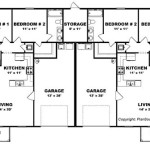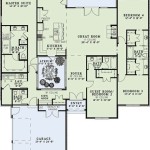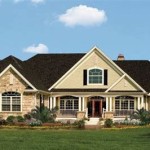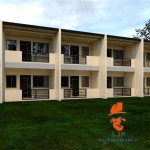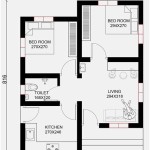House Plans for Flood Zones: Essential Considerations for Safety and Resilience
In areas prone to flooding, designing and constructing a home requires careful planning and attention to specific building codes and standards. House plans tailored for flood zones prioritize safety, minimize potential damage, and ensure long-term resilience in the face of unpredictable water events.
Elevated Foundation: A fundamental element of flood-zone house plans is an elevated foundation. This involves raising the lowest floor of the structure above the expected flood elevation, as determined by local building regulations. The elevation distance varies depending on the flood risk category and the specific requirements of the building code. An elevated foundation creates a buffer zone that protects the main living space from floodwaters and reduces the risk of structural damage.
Flood-Resistant Materials: Houses in flood zones should incorporate flood-resistant materials in their construction. These materials resist moisture absorption, swelling, and decay when exposed to water. Examples include concrete, steel, vinyl, and certain types of treated lumber. By using flood-resistant materials, homeowners can minimize the impact of floodwaters on their property and reduce the likelihood of mold and other moisture-related issues.
Watertight Enclosures: Flood-zone house plans emphasize the importance of creating watertight enclosures around the exterior of the structure. This includes sealing all openings, such as windows, doors, and vents, with water-resistant materials to prevent floodwaters from entering the building. Additionally, using backflow valves in plumbing systems prevents sewage backups during flood events.
Wet Floodproofing: In certain flood zone areas, wet floodproofing techniques may be employed to allow floodwaters to enter the lowest level of the home without causing significant damage. This involves installing flood vents or openings that allow water to flow in and out of the space, minimizing hydrostatic pressure on the foundation. Wet floodproofing is typically used for non-habitable areas, such as garages or storage rooms.
Dry Floodproofing: Dry floodproofing methods aim to keep all floodwaters outside the structure. This is achieved by sealing the exterior walls and all openings with watertight materials. It is often combined with an elevated foundation to further minimize the risk of water intrusion. Dry floodproofing is suitable for areas with high flood risks and is recommended for habitable spaces.
Site Grading: Proper site grading is crucial for flood-zone homes. It involves sloping the ground away from the foundation to prevent water from pooling around the structure. Positive drainage systems, such as swales or ditches, can also be incorporated to channel water away from the property.
Complying with Building Codes: Local building codes for flood zones establish specific requirements for house plans. These codes determine the minimum elevation, flood-resistant materials, and other measures necessary to ensure safety and resilience. Adhering to building codes is not only essential for obtaining building permits but also for protecting the home and its occupants in the event of a flood.
Professional Design Services: It is highly recommended to engage a licensed architect or engineer experienced in flood zone design when planning a home in such areas. They can provide expert guidance on the best approach, ensure compliance with building codes, and create a customized design that meets the specific needs and challenges of the flood zone environment.

Flood Zone Designs N House Design Group

Flood Zone Designs N House Design Group

Elevated 2 Bed House Plan For Flood Prone Areas 22340dr Architectural Designs Plans

Flood Proof House A Designer S View

Flood Zone Designs N House Design Group

10 Best Flood Zone House Plans Ideas Design

Flood Zone Houses An Ideabook By Mo

How Can Architecture Combat Flooding 9 Practical Solutions Archdaily

Flood Zone Houses An Ideabook By Mo

10 Best Flood Zone House Plans Ideas Design


